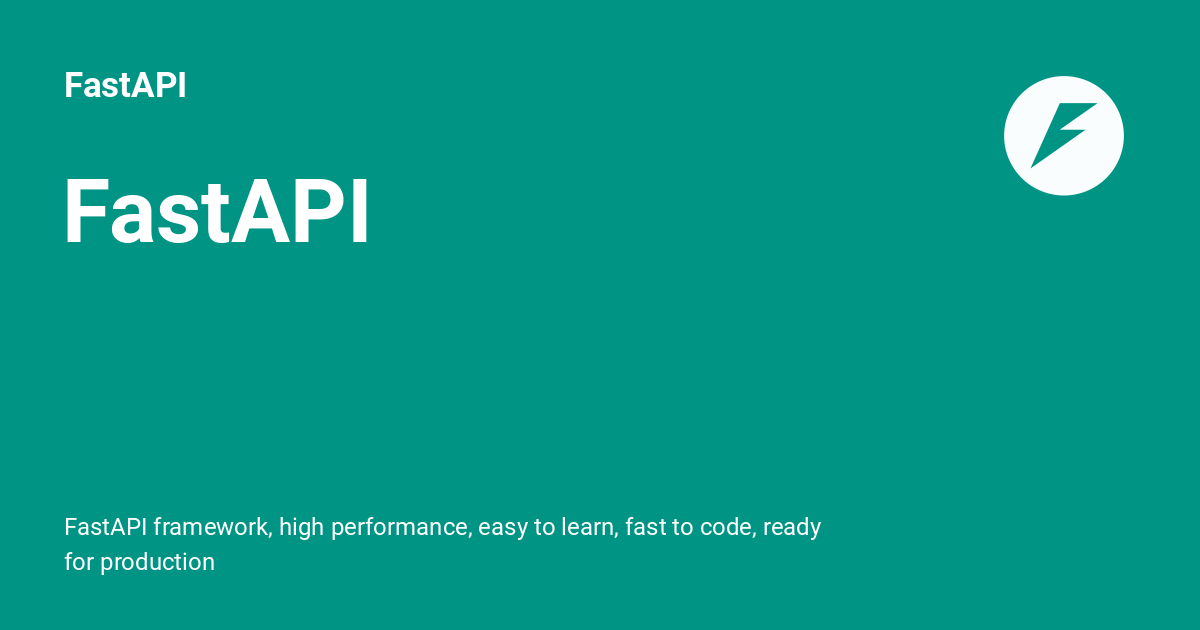Reverse Proxying Framer Through FastAPI
Posted on April 6, 2023 • 3 minutes • 514 words
Table of contents
Reverse Proxying Framer with FastAPI
In the world of web development, the ability to seamlessly integrate design and functionality is crucial. Framer, a powerful prototyping tool, allows you to create interactive and dynamic designs, but what if you want to serve these designs through a backend framework? This is where reverse proxying comes into play.
Understanding Reverse Proxying
Reverse proxying is a technique where a secondary server (in this case, FastAPI) receives the client’s request, forwards it to the primary server (Framer), and then serves the response back to the client. This approach offers several benefits, such as:
- Unified User Experience: By reverse proxying Framer through FastAPI, you can provide a seamless user experience, where the user interacts with a single, cohesive application.
- Improved Security: Reverse proxying allows you to add an additional layer of security, as the FastAPI backend can handle authentication, authorization, and other security-related concerns.
- Flexibility: Reverse proxying enables you to integrate Framer’s design capabilities with the robust backend functionality of FastAPI, allowing you to create powerful and versatile web applications.
Implementing the Reverse Proxy
To reverse proxy Framer through FastAPI, follow these steps:
-
Set up a FastAPI Project: Begin by creating a new FastAPI project and installing the necessary dependencies.
-
Configure the Reverse Proxy: In your FastAPI application, set up a route that will handle the reverse proxy. You can use the
requestslibrary to forward the client’s request to the Framer server and return the response.
from fastapi import FastAPI
import requests
app = FastAPI()
@app.get("/{path:path}")
def reverse_proxy(path: str):
framer_url = f"https://framer.com/{path}"
response = requests.get(framer_url)
return response.content
-
Handle Framer-specific Functionality: Depending on your use case, you may need to handle additional Framer-specific functionality, such as authentication or dynamic content generation. You can integrate these features within your FastAPI application.
-
Test and Deploy: Test your reverse proxy implementation locally, ensuring that it correctly forwards requests to Framer and returns the expected responses. Once you’re satisfied with the setup, deploy your FastAPI application to a production environment.
Benefits of Reverse Proxying Framer through FastAPI
By reverse proxying Framer through FastAPI, you can enjoy the following benefits:
- Unified User Experience: Your users will interact with a single, cohesive application, seamlessly transitioning between the Framer-powered design and the FastAPI-powered backend.
- Improved Security: FastAPI’s robust security features, such as authentication and authorization, can be applied to your Framer-based application, enhancing the overall security posture.
- Flexibility and Scalability: The combination of Framer’s design capabilities and FastAPI’s backend functionality allows you to create highly customizable and scalable web applications.
- Easier Maintenance: By centralizing the application logic in the FastAPI backend, you can more easily manage and maintain your Framer-based web application.
Enhancing Reverse Proxying with Caching
In addition to seamlessly integrating content from any source into your web application, it’s crucial to optimize the performance of your reverse proxy setup. One effective way to do this is by implementing caching. This ensures that once a design or content is loaded, subsequent requests for the same content are served from the cache, reducing the load on the original servers and improving the response time for your users.

